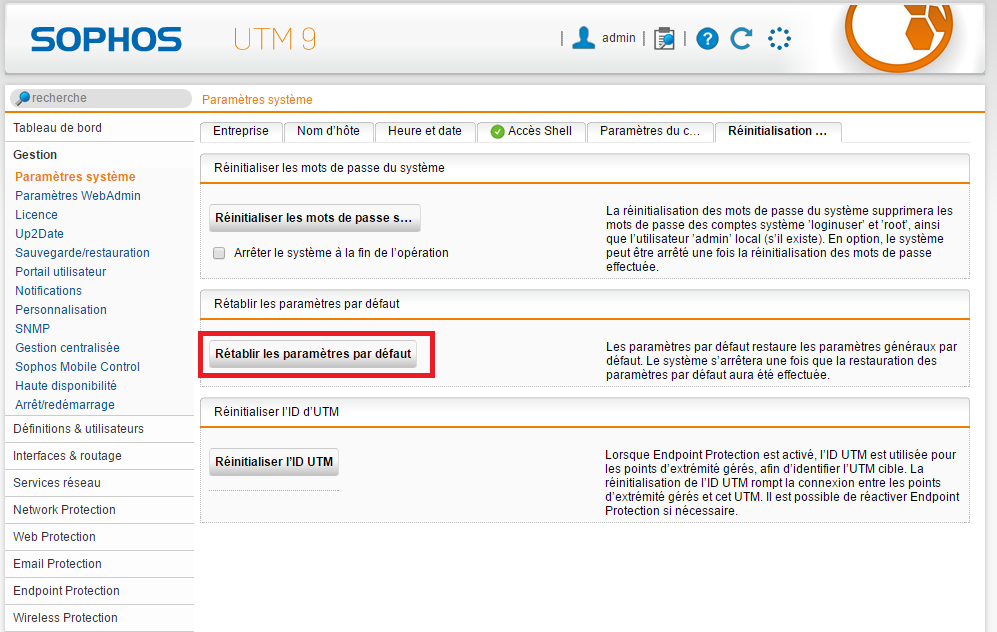

There are many free online and downloadable MD5 utilities.An online app to create encrypted passwords specifically for Joomla 1.5:.Use the above directions once you've generated a hash with these tools. Use tools, such as the following, to create your own strong hashed password.
Reset joomla admin pass password#
Generating your own MD5 hash from a password of your choiceĪlternatively, you can set the password to a value of your own choice.

Once logged in, Joomla will convert your md5 hash to a salted md5 hash, but you should change the password again to one that only you know. Point your browser to your site and log as the administrator using your new password.ĩ. Change the password drop down to ‘MD5 as seen below. Enter new password in the 'data' field.Ĩ. Scroll down to the table xxxxusers, which is where the user credentials are stored and where we will reset the Joomla Administrator password Click on the ‘Browse‘ tab and find the admin user you want to change the password of Click on the ‘Pencil‘ to edit the Super Administrator user. To the right of the 'password' field, select the drop-down "function" of "PASSWORD".Ħ. Use a MySQL utility such as phpMyAdmin with MySQL 5.0.1 (or newer).ĥ. Using phpMyAdmin built-in 'PASSWORD' function for new passwordsġ. Point your browser to your site and log as the administrator using your new password.ħ. You can use any of the following password = hash pairs, or create your own using one of the tools listed below. Warning: You must paste the password's hash value, not the password itself. Copy and paste a known MD5 hash, such as one of the samples provided with this FAQ, into the password field. Select the record (or table row) for your administrator account (The first admin account, created by default, has an id of 62).Ĥ. (Change default table prefix, 'jos_' to your table prefix if it is different.)ģ. Open the correct database and select the table, jos_users. Use a MySQL utility such as phpMyAdmin or MySQL Query Browser. This is because Joomla! automatically updates password data from earlier versions to the 1.0.13 format.ġ.

Initial tests indicate that the method described here also works with Joomla! 1.0.13 salt-enhanced passwords. Once logged in, you can change the password again using normal Joomla! user access screens. In the following directions, you will set the password MD5 value to a known value and then log-in using the password that matches that value. Because passwords are stored using a one-way "salted" MD5 hash which prevents recovering the password, you cannot recover an existing password, but you can reset it to a new password by editing the password field in the database.


 0 kommentar(er)
0 kommentar(er)
